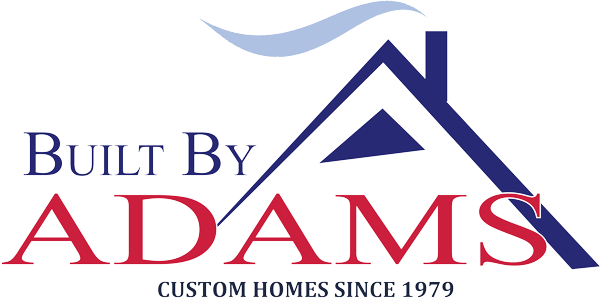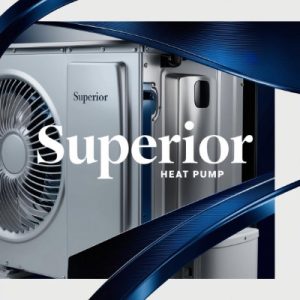With plenty of time left to take advantage of the energy star tax credit, many consumers are looking for improvements they can make to their home that qualify as well as provide a good return on their investment. High efficiency windows are one product that comes to mind pretty readily. But will the money spent on windows equal energy savings?
Pros of High Efficiency Windows:
The major benefit of high efficiency windows is the windows’ energy savings. By replacing older, draftier windows, both heating and cooling costs will be reduced. Additionally, the temperature in your home will be more comfortable without climate control, thanks to the improved insulation provided by the high efficiency windows. Certain types of high efficiency widows can also provide improved daylight and view in the sunlight and reduce condensation in cold. Last, but certainly not least, the purchase and installation of high efficiency windows will qualify you for the energy star tax credit due to the windows energy savings.
Cons of High Efficiency Windows:
In a word: expensive. Replacing windows with high efficiency windows is a costly project depending on how many windows you have. And you won’t necessarily make it up in the windows energy savings if the rest of your home is not energy efficient. For example, if your basement and attic are poorly insulated, you won’t achieve nearly enough energy savings to realize a positive return on your investment. It’s like putting a band aid on a broken arm, if you will.
The Bottom Line:
High efficiency windows can be a great investment and definitely qualify for the energy star tax credit. However, to maximize the windows’ energy savings, look at the whole house picture. It is relatively inexpensive to do little things like insulate your attic and basement at the same time you install high efficiency windows. And thanks to the energy star tax credit, all these improvements will earn you money back – both in the short term and as a long term investment.



